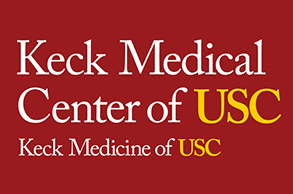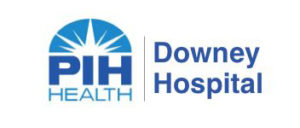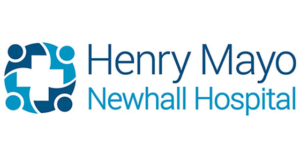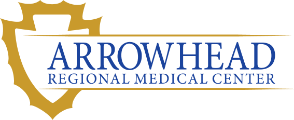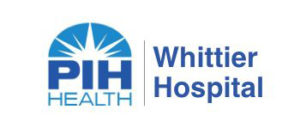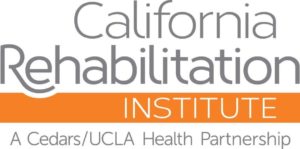Feature
COVID-19 Contact Tracing
Part public health nurse, part detective
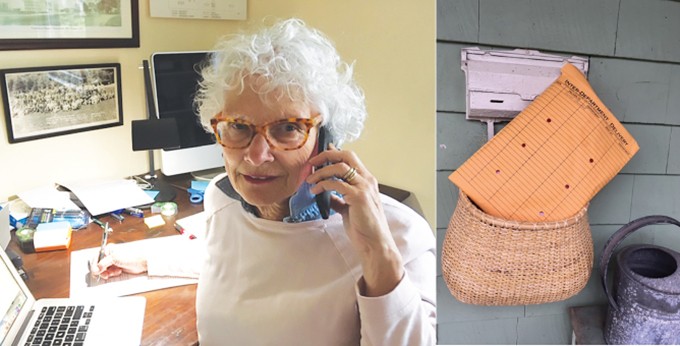
I’ve been a public health nurse for 30 years, so I’ve always understood that the role focuses less on face-to-face patient care and more on administrative work. That effort never felt as important to me as bedside care, but it’s been a different story since the emergence of COVID-19.
This is how my job has changed during the pandemic.
Stay at Home!
I work for the health department in Bergen County, N.J., which recently assigned me to COVID-19 contact tracing. My task is to call county residents who have tested positive for the 2019 novel coronavirus to try to determine where they’ve gone and whom they might have exposed.
On a recent call, a very cheerful middle-aged man told me that on the day before he developed “only a slight fever and cough,” he’d delivered a dresser to his daughter across the river; gone to the supermarket, a deli, a drug store and Starbucks; and then joined a friend for lunch and 18 holes of golf. Later, they’d picked up their wives and had dinner at a nice restaurant across the state line.
When I asked if he’d notified his friends of his positive test results, he laughed and said, “Oh, you should try to get them on the phone. They’re really busy.”
So was I, trying to verify cases, track contacts and hopefully limit exposure to this highly contagious infection.
Commuter Contagion
New York City hasn’t become the epicenter of the U.S. COVID-19 pandemic simply because it’s crowded. Tri-state residents just don’t stay still. If you’re unfamiliar with my state, Bergen is directly across the George Washington Bridge from Manhattan. Housing costs are somewhat lower than in New York and the offerings are more varied, including everything from suburban houses with big yards to high-rise apartment buildings. Consequently, our area has a large commuter population.
Bergen had the state’s first confirmed COVID-19 patient: a healthcare worker who lived here, but worked in New York City as well as in New Jersey. As the New York figures began to ramp up, so did ours. Soon, Bergen County, with almost 1 million people, accounted for half the cases in the entire state of New Jersey, which has a population of 9 million.


